When it gets cold out, I get a lot more use out of my dutch ovens, as I use them for baking bread, braising meats and cooking up batches of stews and soups.
Typically, I've relied on a well-loved enameled cast iron dutch oven for these tasks, but Lancaster Cast Iron sent me its new 5-quart Dutch Oven to try out, so I was curious to see how it compared. It's quickly become my go-to dutch oven, and even better, it's now $75 off for Black Friday.
The Lancaster Cast Iron Dutch Oven has a diameter of 10.5 inches and a wall height of 4 1/8 inches. It weighs 13 pounds.
By comparison, the 5.5-quart Le Creuset Signature Dutch Oven is slightly narrower at 10.25 inches in diameter, but a touch higher, at 4.5 inches. It's also lighter, at 11.25 pounds.
Lancaster's Dutch Oven is all cast iron, save the polished brass knob on the lid, which makes for a nice pop of color amid the sea of pewter gray. Lancaster's logo — a Conestoga wagon — is etched on the knob, and imprinted on the underside, too.
The Dutch Oven comes pre-seasoned, and like Lancaster's other cast iron products, the interior is polished smooth. I also liked its large handles, which made it easy to hold and pull in and out of my oven.
Lancaster 5-quart Dutch Oven: price
The Lancaster 5-quart Dutch Oven regularly costs $299, and is available on the company's site. That's $120 less than the regular price of a similar-size enamel Le Creuset Dutch Oven, though it should be noted that this model is currently just $329. However, Lodge sells a six-quart enameled cast iron Dutch Oven for just $79 on Amazon.
Lancaster 5-quart Dutch Oven: Performance
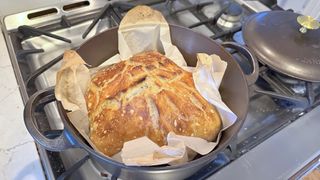
To test the Lancaster Dutch Oven, I first baked a loaf of the New York Times' no-knead bread; I heated it to 450 degrees F, then dropped in the dough. About an hour and a half later, I had a wonderfully fragrant loaf of bread with a beautiful crust.
I then roasted a chicken, placing root vegetables like carrots and potatoes at the bottom. This was a bit less successful, as I was hoping that the vegetables would sear a little on the bottom of the pot, but instead, the juices released by the chicken made a bit of a soupy mess. Still, the chicken came out plenty moist.
Later, I braised some beef shanks with onions, carrots, and mushrooms. After several hours, the meat was fork-tender and succulent, and went well with the mashed potatoes I made on the side.
Last, I also used the Dutch Oven to fry up a batch of meatballs for my Sunday Gravy; the pot did an excellent job of both browning the meat and keeping the oil from splattering out onto my counter.
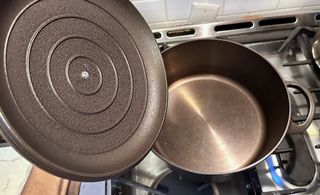
Enameled vs. non-enameled cast iron dutch ovens
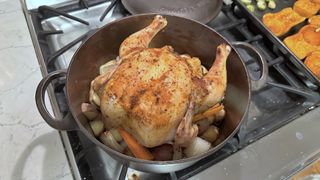
One advantage of a non-enameled Dutch Oven is that you don't have to worry about it chipping; all of my enameled Dutch Ovens show signs of wear, specifically around the rim where the enamel ends.
However, an enameled Dutch Oven gives you a little more flexibility in what you can cook, especially when it comes to acidic foods such as tomato-based sauces, which can strip the seasoning out of cast iron. Lancaster says that, even though its Dutch Oven is pre-seasoned, you should cook it with some oils and fatty foods, like sausage and bacon, the first few times to better build up the seasoning.
I found this out the hard way; the second time I used the Lancaster, I cooked a whole chicken with some root vegetables at the bottom; while I had coated the potatoes in olive oil, they still managed to remove a bit of the seasoning from the bottom of the pot. Ah well — I'll take any excuse to fry up some bacon.
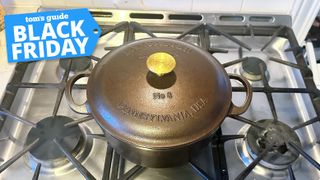




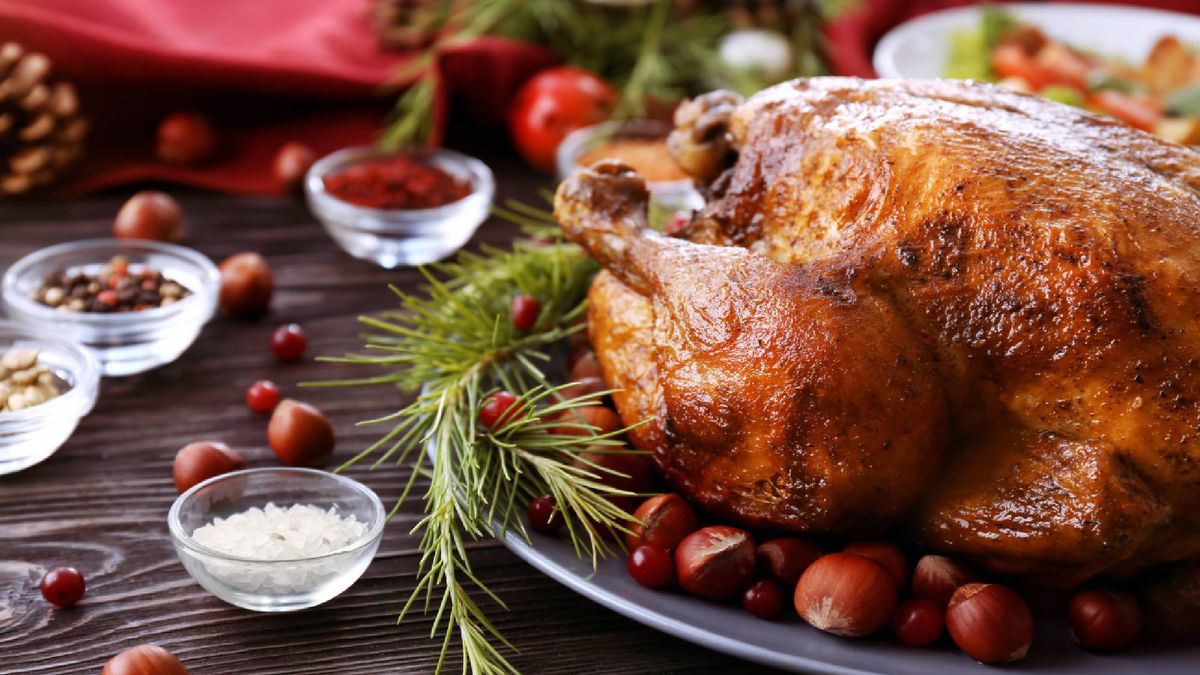

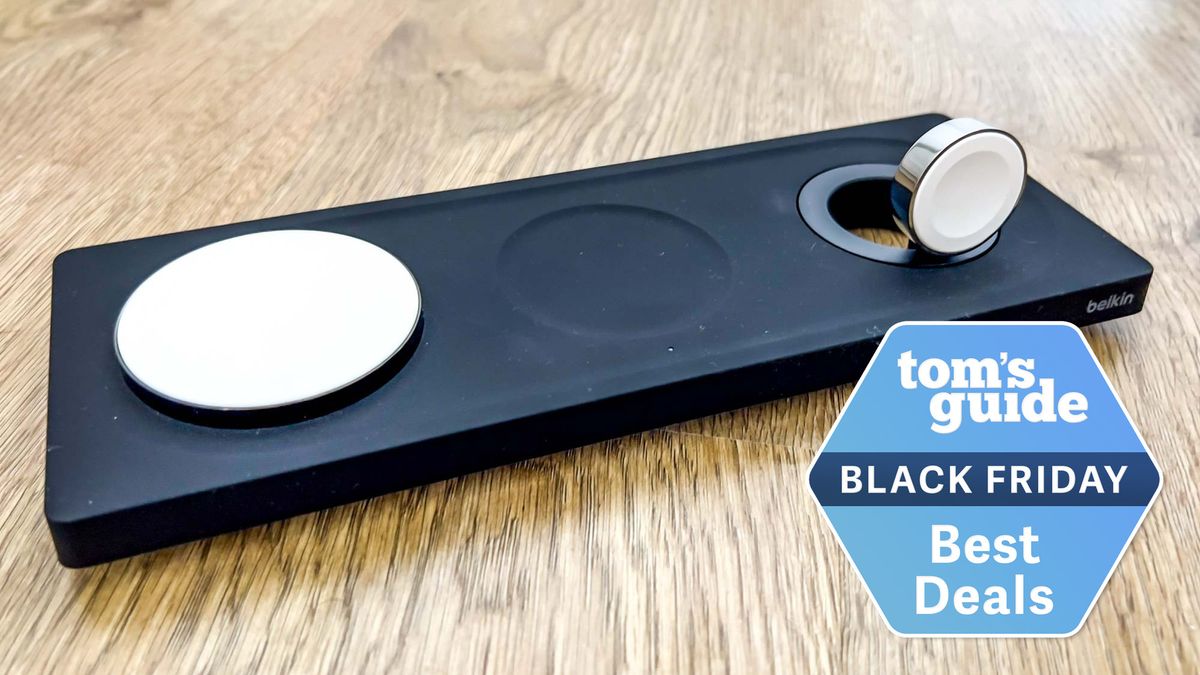












 English (US) ·
English (US) ·